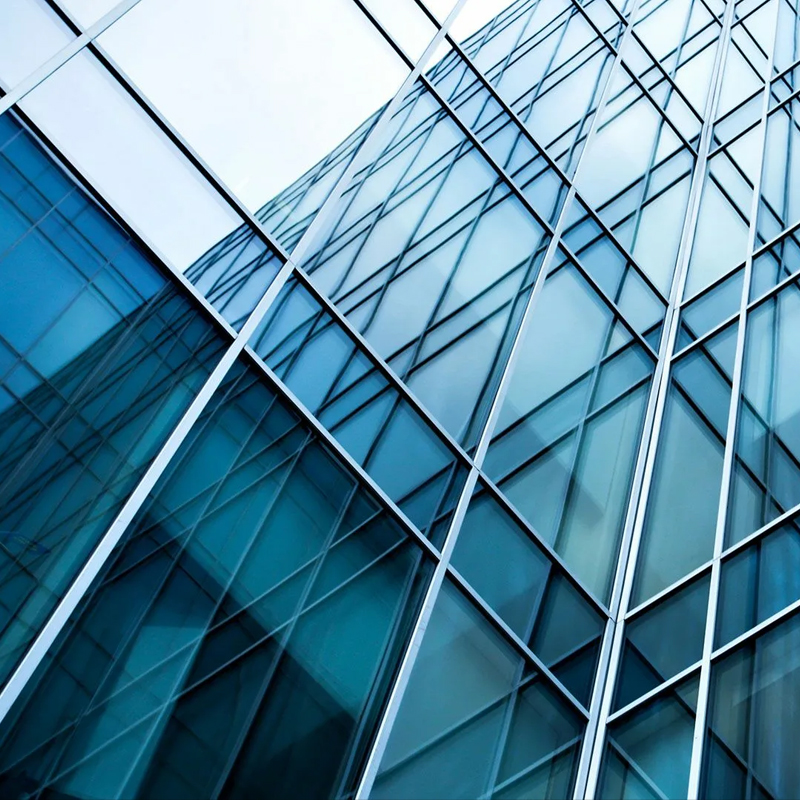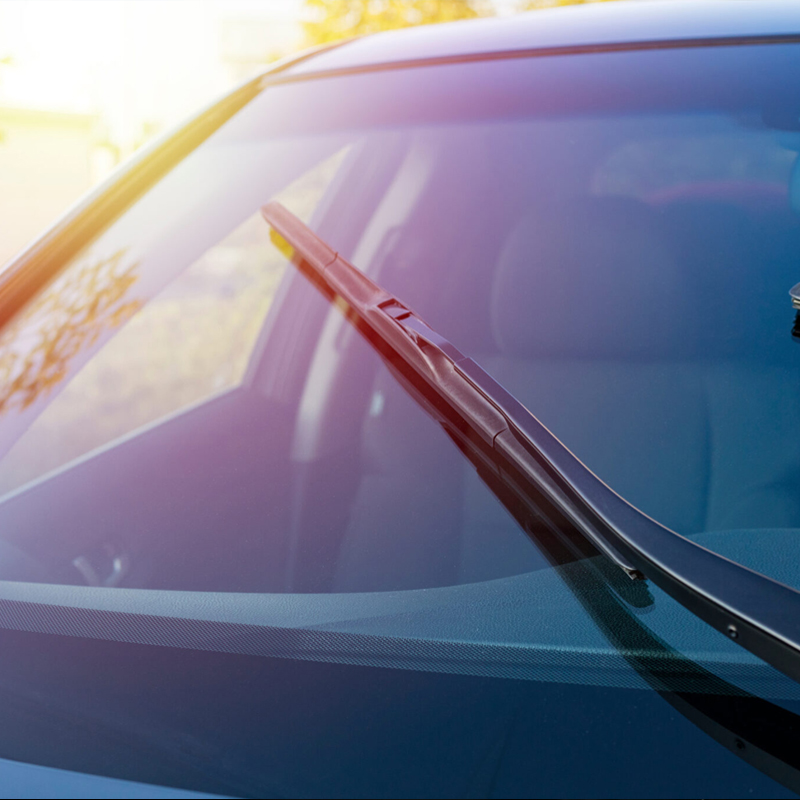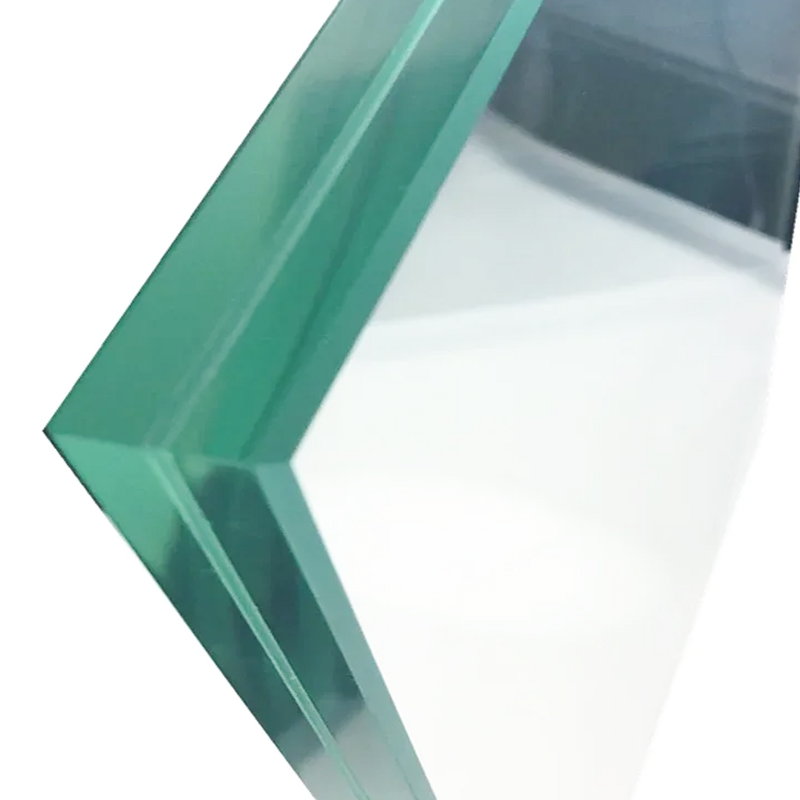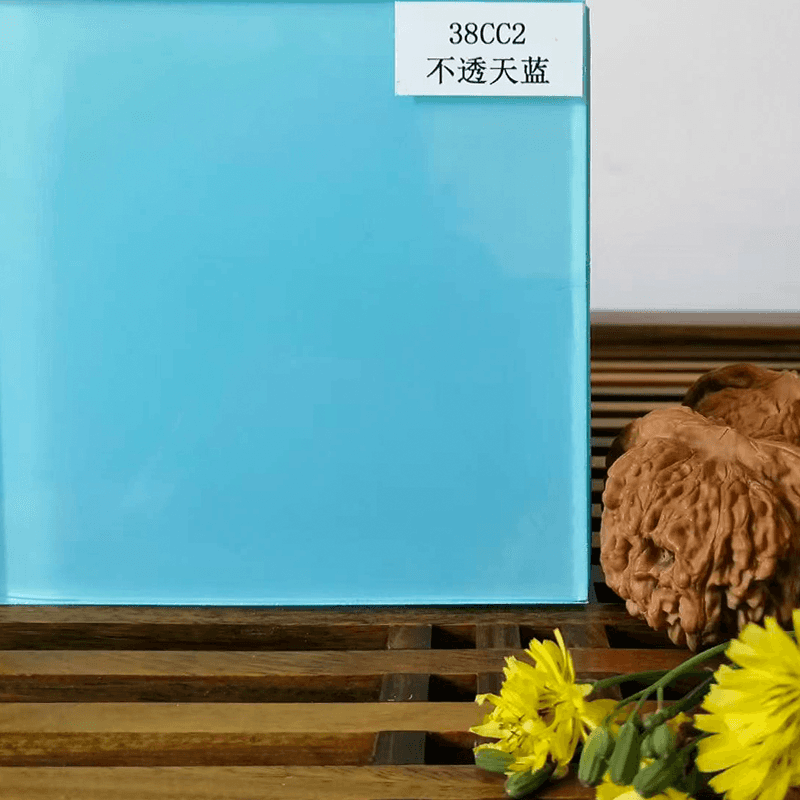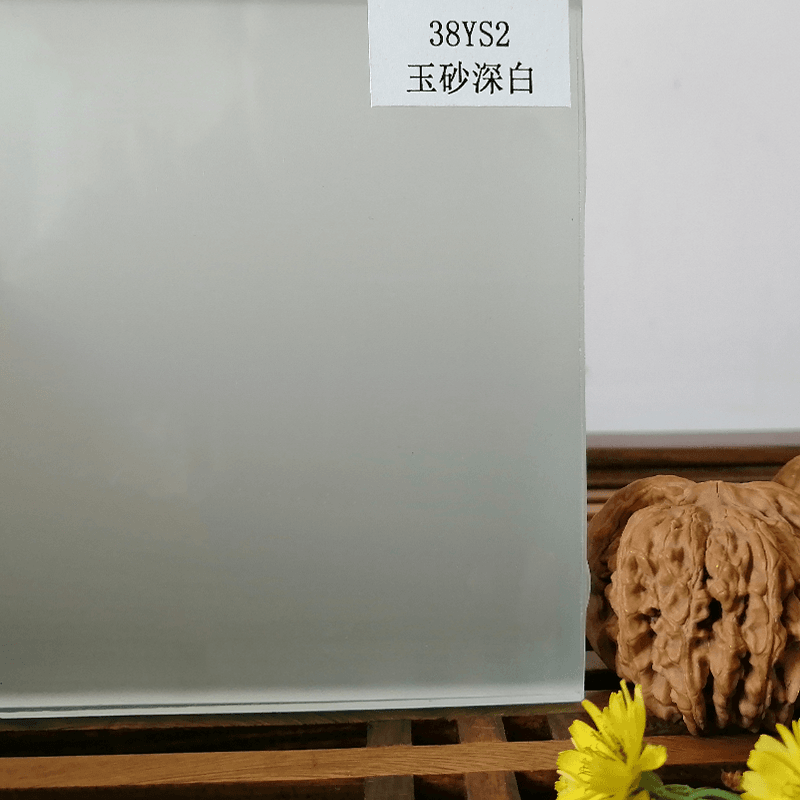language
When we think of laminated glass, the first images that come to mind are often automotive windshields or the overhead glazing of an atrium—applications where safety and security are paramount. The polyvinyl butyral (PVB) interlayer at the heart of this glass is the unsung hero, holding the glass together upon impact. But what happens when we shift our focus from pure performance to aesthetics? Can this well-established workhorse material be used to create decorative laminated glass?
Understanding the PVB Interlayer: More Than Just Safety
To appreciate its decorative potential, we must first briefly understand what PVB is. PVB is a thermoplastic resin that is processed into a clear, adhesive film. In standard laminated glass, two or more sheets of glass are bonded together under heat and pressure with this PVB interlayer between them. The primary result is a glass pane that, if broken, holds its pieces together, reducing the risk of injury and forced entry.
The decorative application leverages this same laminating process but introduces aesthetic elements within the PVB layer itself or by altering the PVB’s inherent properties.
The Decorative Potential of PVB: A Spectrum of Possibilities
The versatility of PVB for decorative purposes stems from several key techniques:
1. Colored and Tinted PVB:
This is the most straightforward application. PVB film is available in a vast palette of solid colors and tints. From subtle grays and bronzes to bold reds, blues, and greens, colored PVB allows for the creation of striking, monolithic glass elements. The color is consistent throughout the interlayer, meaning it does not sit on the surface but is embedded within the glass laminate, giving it depth and richness. This is ideal for:
Feature walls and partitions: Creating vibrant or muted color statements.
Canopies and skylights: Filtering light in a specific hue.
Furniture: Such as colored glass tabletops or shelves.
2. Printed PVB:
Digital printing technology has revolutionized decorative glass. Custom patterns, images, logos, and intricate designs can be printed directly onto a clear sheet of PVB film. This printed film is then laminated between two sheets of glass, permanently encapsulating the design. The result is a durable, high-resolution decorative panel where the artwork is protected from scratching, UV fading, and moisture. Applications include:
Corporate branding on office partitions and doors.
Artistic installations and back-painted glass effects.
Mimicking natural materials like wood grain or stone.
Privacy screens with geometric or organic patterns.
3. Embedded Materials with PVB:
Perhaps the most texturally interesting application is using clear PVB as a “glue” to hold other materials between the glass panes. Materials like fabric, metal meshes, dried natural leaves, or even thin slices of wood can be placed between two layers of PVB and then laminated. The PVB flows around these embedded objects during the autoclave process, bonding them securely and creating a unique, tactile finish.
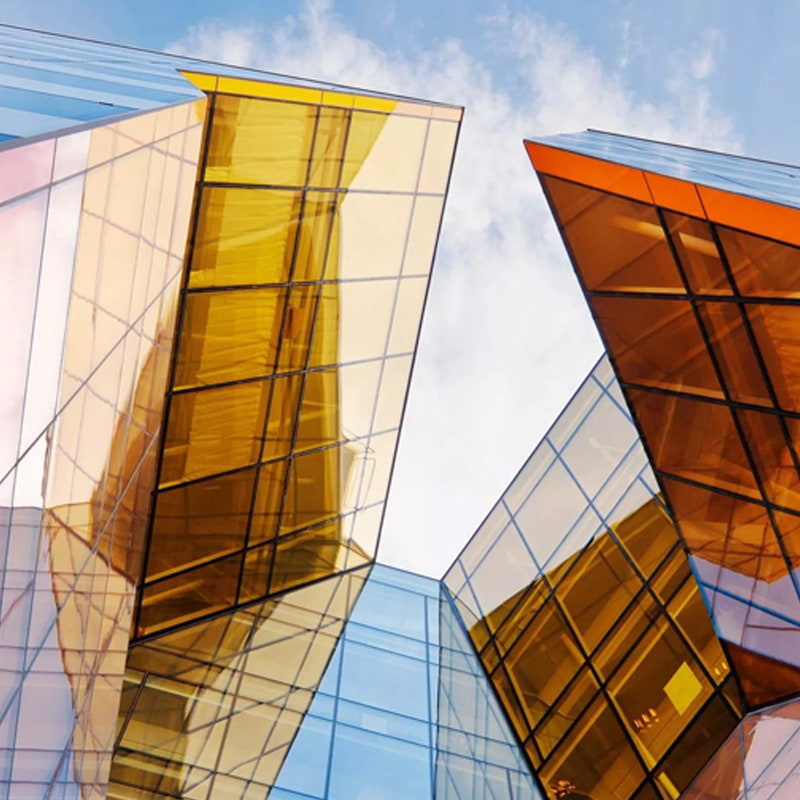
Weighing the Pros and Cons: A Balanced View
While PVB offers significant decorative benefits, a clear-eyed assessment is crucial.
Advantages of Using PVB for Decorative Glass:
Proven Durability and Safety: PVB has a decades-long track record. The resulting laminated glass meets safety glazing standards, a critical factor in many public and residential applications.
Excellent Optical Clarity: When high-quality, acoustical-grade PVB is used, it offers exceptional clarity, which is vital for displaying printed graphics without distortion.
Sound Insulation: Standard PVB provides good acoustic damping properties, reducing noise transmission—a beneficial side effect for decorative partitions and facades.
UV Stability (for the interlayer): The PVB film itself and the pigments used in colored PVB are highly UV stable, meaning the core interlayer will not yellow or degrade significantly over time. However, it’s important to note that standard PVB does not protect interior furnishings from UV fading.
Wide Availability and Cost-Effectiveness: As the industry standard for safety glass, PVB is readily available and often more cost-effective than some specialty interlayers.
Limitations and Considerations:
Moisture Sensitivity: This is PVB’s primary Achilles’ heel. The edges of the laminated glass must be perfectly sealed. If the seal is compromised and moisture penetrates, it can cause delamination, visible as milky whiteness or bubbles at the edge of the glass.
Limited Structural Capability: For purely decorative applications, this is not an issue. However, if the glass is intended to be part of a structural system (like a glass floor or a beam), standard PVB lacks the stiffness and strength of alternatives like SentryGlas® (SGP).
Temperature Sensitivity: PVB is more susceptible to heat than some alternatives. In high-temperature environments (e.g., certain types of skylights), the laminate can soften, potentially leading to a “glass sack,” where the glass panes bow outward.
Requires an Autoclave: The lamination process for PVB requires a high-pressure autoclave, which is a standard but essential piece of industrial equipment. This limits fabrication to professional glass shops.
PVB vs. Alternative Decorative Interlayers
To make the best choice, it’s helpful to compare PVB to its main competitor in the decorative space: Ethylene-Vinyl Acetate (EVA).
EVA Interlayer: EVA is processed in a vacuum oven, not an autoclave, which can be more accessible for smaller shops. It is renowned for its superior moisture resistance, making it an excellent choice for humid environments or where edge sealing is a concern. EVA is also often the preferred choice for complex embeddings (thicker materials, 3D objects) as it can flow and encapsulate them more effectively. However, standard EVA can sometimes have slightly lower optical clarity than high-grade PVB and may be more susceptible to UV yellowing if not properly formulated.
The choice often boils down to the project’s specific priorities: if proven safety, optical clarity, and cost are key, PVB is superb. If maximum moisture resistance for a unique embedding is the goal, EVA might be the better choice.
Conclusion: A Powerful Tool in the Designer’s Toolkit
So, can PVB interlayer film be used for decorative laminated glass? Absolutely. It is a mature, reliable, and highly adaptable technology that successfully bridges the gap between stringent safety requirements and bold aesthetic expression. From the sleek simplicity of a colored glass wall to the intricate detail of a digitally printed mural, PVB provides a durable and visually compelling solution.
The key to its successful application lies in understanding its characteristics. By acknowledging its need for proper edge sealing and its performance boundaries regarding heat and structural loads, specifiers can confidently deploy PVB to create stunning, safe, and long-lasting decorative glass features. It is not a one-size-fits-all solution, but it remains a fundamental and powerful tool in the modern designer’s toolkit.

